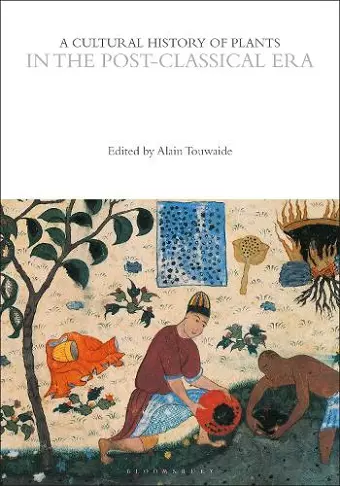A Cultural History of Plants in the Post-Classical Era
Format:Paperback
Publisher:Bloomsbury Publishing PLC
Publishing:29th May '25
£25.99
This title is due to be published on 29th May, and will be despatched as soon as possible.

Unravels the cultural history of plants from 500-1400, when ancient uses and meanings of plants were preserved but overlaid with new developments in agriculture, landscapes, medicines, eating habits and art.
A Cultural History of Plants in the Post-Classical Era covers the period from 500 to 1400, ranging across northern and central Europe to the Mediterranean, and from the Byzantine and Arabic Empires to the Persian World, India, and China. This was an age of empires and fluctuating borders, presenting a changing mosaic of environments, populations, and cultural practices. Many of the ancient uses and meanings of plants were preserved, but these were overlaid with new developments in agriculture, landscapes, medicine, eating habits, and art.
The six-volume set of the Cultural History of Plants presents the first comprehensive history of the uses and meanings of plants from prehistory to today. The themes covered in each volume are plants as staple foods; plants as luxury foods; trade and exploration; plant technology and science; plants and medicine; plants in culture; plants as natural ornaments; the representation of plants.
Alain Touwaide is Scientific Director at the Institute for the Preservation of Medical Traditions, Washington, D.C., USA.
A Cultural History of Plants in the Post-Classical Era is the second volume in the six-volume set, A Cultural History of Plants, also available online as part of Bloomsbury Cultural History, a fully-searchable digital library (see www.bloomsburyculturalhistory.com).
General Editors: Annette Giesecke, Victoria University of Wellington, New Zealand, and David Mabberley, University of Oxford, UK.
ISBN: 9781350550599
Dimensions: 242mm x 168mm x 16mm
Weight: 460g
248 pages